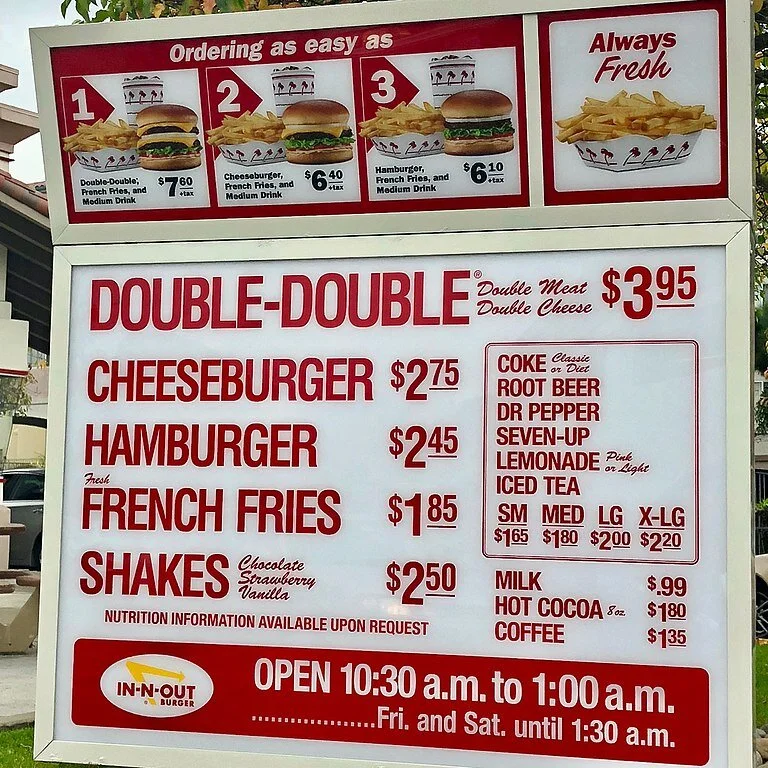Create artificial scarcity in your business model for market domination
Original Publish Date: Aug 12, 2020
“To my mind the old masters are not art; their value is in their scarcity.” – Thomas Edison
Any ECON 101 student will be eager to tell you that economics is a study of scarcity and choices. I want to explore the choice to embrace scarcity as an extension of that basic economics lesson. I believe that one can use scarcity as the centerpiece of a business model to supercharge any business.
Before we get to that, I prefer to use the following definition of ‘business model’ to serve as a baseline to explore this idea further.
“…a business model consists of four interdependent elements that create and deliver value. The first is the customer value proposition: an offering that helps customers do an important job more effectively, conveniently, or affordably than the alternatives. The second element is the profit formula, made up of a revenue model and a cost structure that specify how the company generates profit and the cash required to sustain operations. The third element is the resources—such as employees, customers, technology, products, facilities, and cash—companies use to deliver the customer value proposition. The fourth is processes such as manufacturing, R&D, budgeting, and sales.” – The Big Idea: The New M&A Playbook (HBR, 2011)
Let’s study scarcity in real-world scenarios when it’s baked into any of the four elements of a business model – customer value proposition, profit formula, resources, processes. There are many examples out there once you pay attention to this idea.
Scarcity in ‘customer value’
There’s been an explosion of content irrespective of the content type or platform over the last decade. Think about the numerous folks involved in creating content for streaming services, podcast channels, blogs, social apps, to name a few. We have so many options available to spend any bit of downtime we get by choosing from a world of content that keeps growing every second.
The following quote from Netflix CEO – Reed Hastings – perfectly captures their anxiety of having to compete for an ever-shrinking pie of an average user’s attention.
“Sometimes employees at Netflix think, ‘Oh my god, we’re competing with FX, HBO, or Amazon’, but think about if you didn’t watch Netflix last night: What did you do? There’s such a broad range of things that you did to relax and unwind, hang out, and connect and we compete with all of that.”
I offer this quote to direct your attention to this noisy content landscape and indirectly highlight the podcast business. Depending on who you consult, there are anywhere from 800,000 to 2 million podcasts. The actual number is likely higher with many new content creators entering the space over the last few months.
This noisy world of podcasts therefore provides an incentive for different organizations to sign up the most valuable content creators with the biggest number of active listeners. Sign up the valuable content creators to acquire their huge fan base, which in turn helps you acquire new users for your platform. This is exactly the reasoning behind Spotify’s exclusive deals with Joe Rogan (‘The Joe Rogan Experience’), Michelle Obama along with the acquisition of The Ringer which produces podcasts like The Bill Simmons Podcast, The Rewatchables, The Big Picture.
Creating artificial scarcity by being the exclusive content provider for popular podcasts with big built-in audiences is one way for Spotify to increase switching costs for its average user. Obviously, it’s also driving a lot of new users to its platform. Wall Street is paying attention to these choices by Spotify – the company’s market capitalization shot up by nearly $4B after announcing the exclusive multi-year licensing deal with Joe Rogan for $100MM.
Scarcity in the ‘profit formula’
Going back to the definition of business model; the four key variables of the profit formula include the revenue model, cost structure, target unit margin, resource velocity. In particular, ‘resource velocity’ answers the question – “how quickly should we use the resources to support target volume?”. It includes lead times, throughput, inventory turns, asset utilization, etc.
One of the classic examples of a company using scarcity to boost their throughput, inventory turns would be In-N-Out Burger. This might seem like an unconventional example till you learn more about their operations.
For starters, In-N-Out Burger does not have plans to go public or franchise its operations to respect the quality of its product and customer relationships that sometimes get fractured due to rapid business growth. I want to rather focus on its menu which famously has been the same for over 70 years. Unlike many other fast-food joints, In-N-Out Burger offers only 4 options: burgers, fries, shakes, and fountain drinks.
Let’s do a quick math on offering limited menu options. It removes complexity in the order process. There’s no second guessing. This increases the number of customers you can serve per hour. A game changer during peak demand hours. There’s no ambiguity in procuring supplies too. One might even speculate that In-N-Out Burger can work out better terms with its suppliers. Like Apple during the Steve Jobs era, In-N-Out Burger can specialize and focus on few things to get it right. The messaging of In-N-Out Burger highlighted below is in fact consistent with its menu choices.
“In-N-Out Burger exists for the purpose of providing the freshest, highest quality foods and services for a profit, and a spotless, sparkling environment whereby the customer is our most important asset.”
Source: Wikimedia Commons
Scarcity in ‘resources’
I believe scarcity in resources is the easiest to observe across industries and sectors. As our baseline definition of business model states, resources can include employees, customers, technology, products, facilities, and cash.
Any luxury brand offers the perfect example for scarcity stemming from products. An active illusion of scarcity linked to brand prestige is a consistent formula for profits across decades. How about Air Jordan by Nike as a standout example? Nike sells different types of footwear, apparel, accessories, yet, only releases a limited number of SKUs for Air Jordan. It’s a premium brand that “accounted for about 8% of Nike’s overall sales” in 2019.
Similarly, a business might make a conscious choice to create an artificial scarcity of product options for customers outside its preferred set to stay true to its working business model and brand identity. Lululemon didn’t offer certain sizes for its famous yoga pants and other athletic wear until recently while providing the following reason few years ago.
“Our product and design strategy is built around creating products for our target guest in our size range of 2-12. While we know that doesn’t work for everyone and recognize fitness and health come in all shapes and sizes, we’ve built our business, brand and relationship with our guests on this formula.”
Scarcity in ‘processes’
The fourth interdependent element of any business model is processes. This element includes everything that a company needs to deliver customer value profitably in a “repeatable and scalable” manner. Per the baseline definition of business model, processes include manufacturing, marketing, sourcing, sales, design, distribution, etc.
The perfect example of a company that uses scarcity in the way it sells and distributes product is also the company known for disrupting an archaic marketplace. I’m talking about Tesla here – which unsurprisingly happens to be the most valuable car company in the world as of this writing. Every building block of this company – be it the product, design, philosophy, sales model – bucks the widely accepted norms in the auto industry.
By opting for a direct-sales model, Tesla bypasses the industry norm of selling through a huge footprint of dealerships and thereby reducing the number of venues to aid in “moving” its product. No matter where you place an order – online or showroom – it’s very likely that you’re not driving your Tesla on the same day since showrooms “keep relatively few cars”.
Tesla’s direct-sales model infused with the scarcity principle not only annoys its competitors but also generates several tangible benefits for the company. Some of these include showrooms in ‘high foot traffic’ spots to educate potential customers, avoiding build-up of inventory, reducing secondary markups, and eliminating dealership advertising costs.
All these examples illustrate the potential of scarcity to reinvigorate any business. Start by breaking down the different pieces of your business model. Get creative with injecting the scarcity factor into some element – be it customer value, profit formula, resources, or processes. This simple exercise might help you uncover a whole new way of dominating your market or competitive arena.

